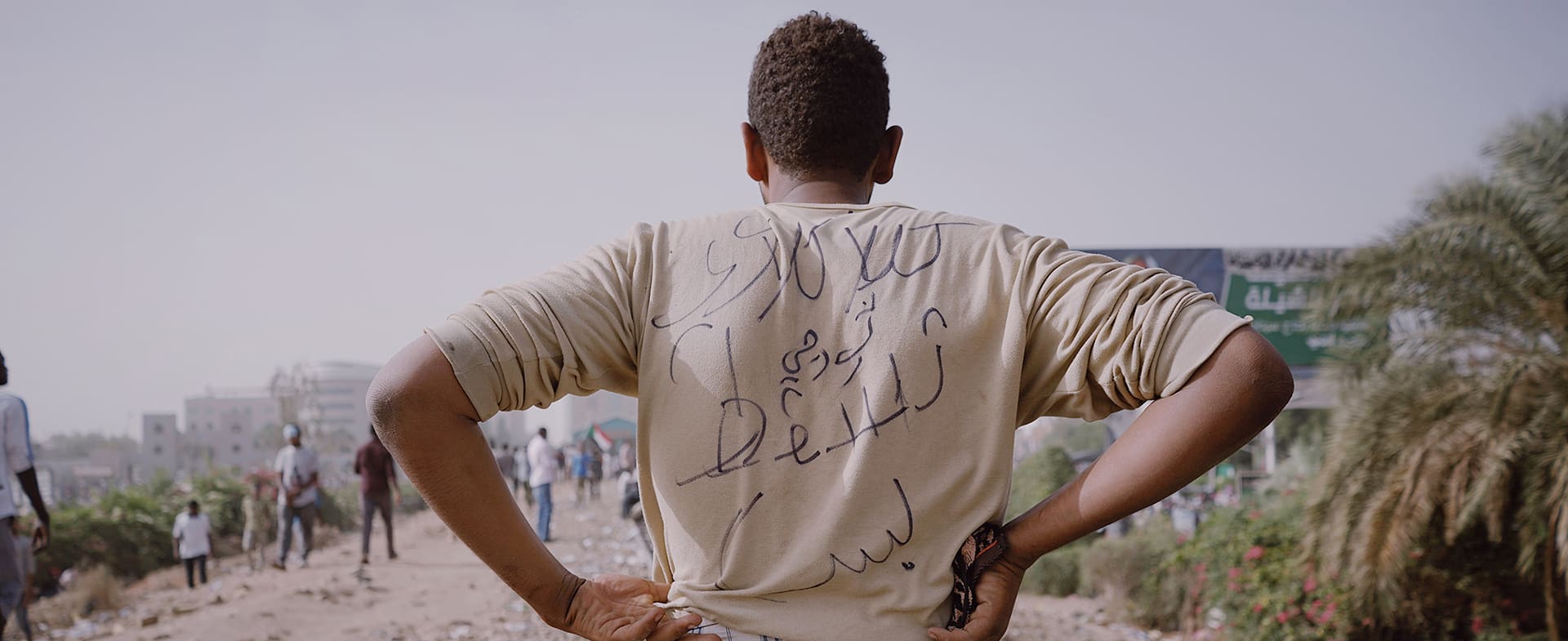The exhibition “Thawra! ثورة Revolution! Sudan: The History of an Uprising,” featured at the Rencontres d’Arles 2021, revisits the revolt, which broke out in Khartoum in late 2018 and led to the fall of the dictator Omar al-Bashir, as seen through the eyes of eight Sudanese photographers and the film director Hind Meddeb.

You’re getting blind.
Don’t miss the best of visual arts. Subscribe for $9 per month or $108 $90 per year.
Already suscribed ?


